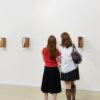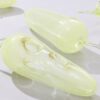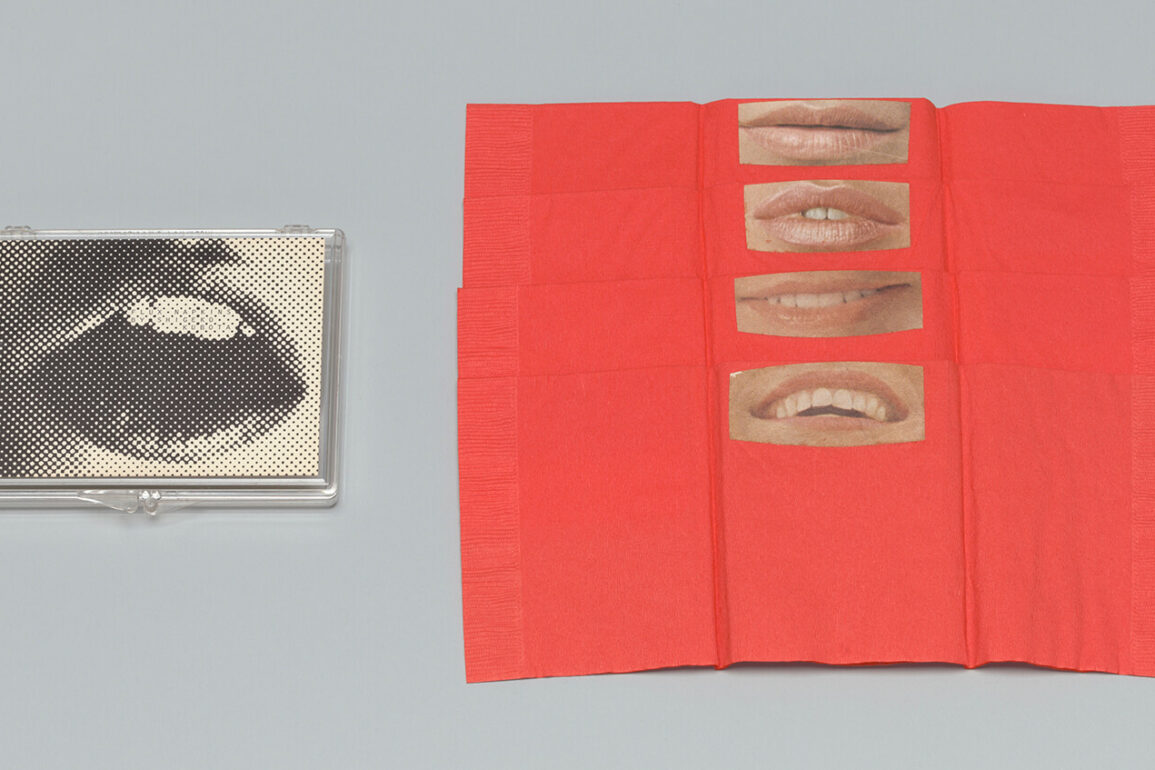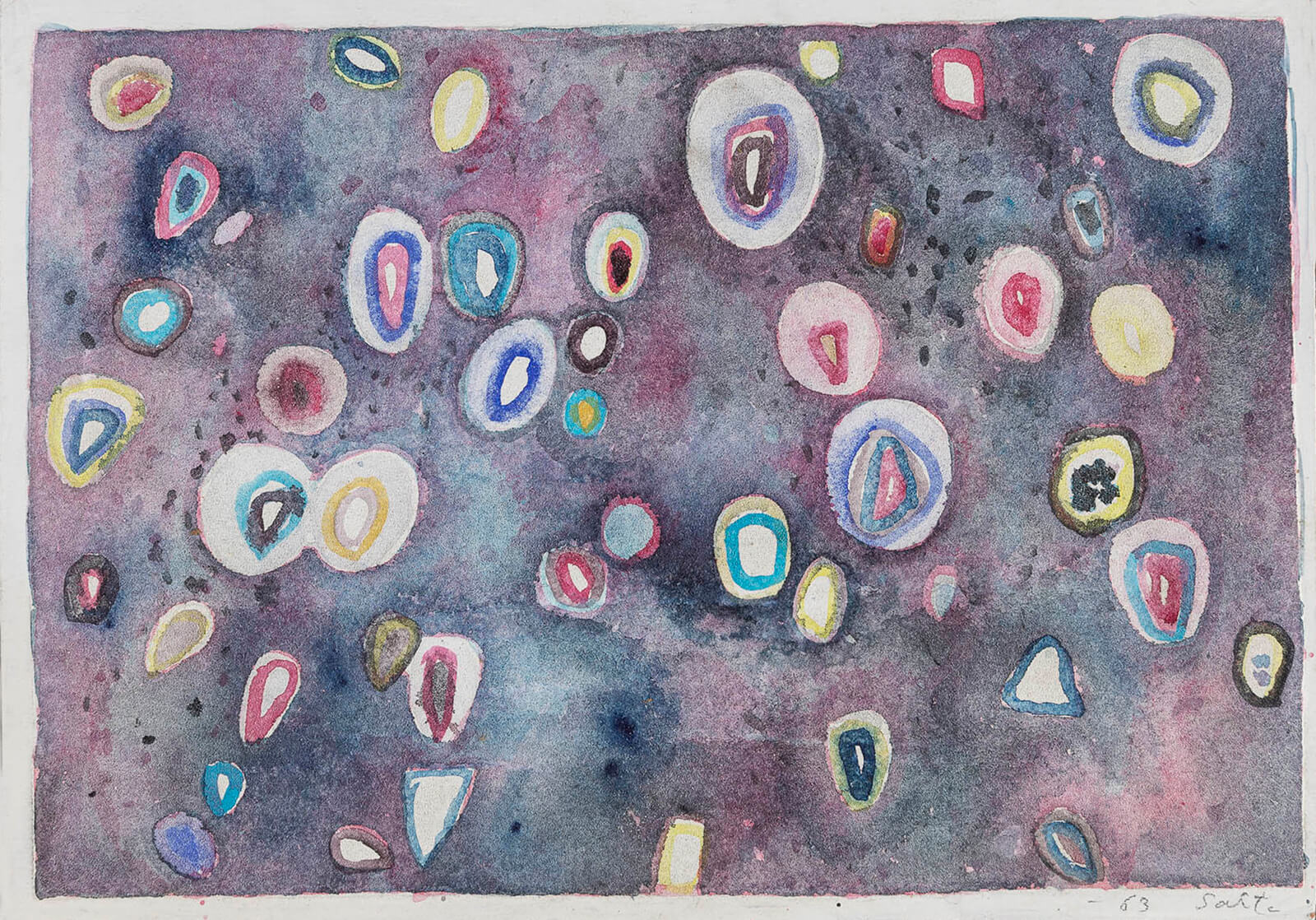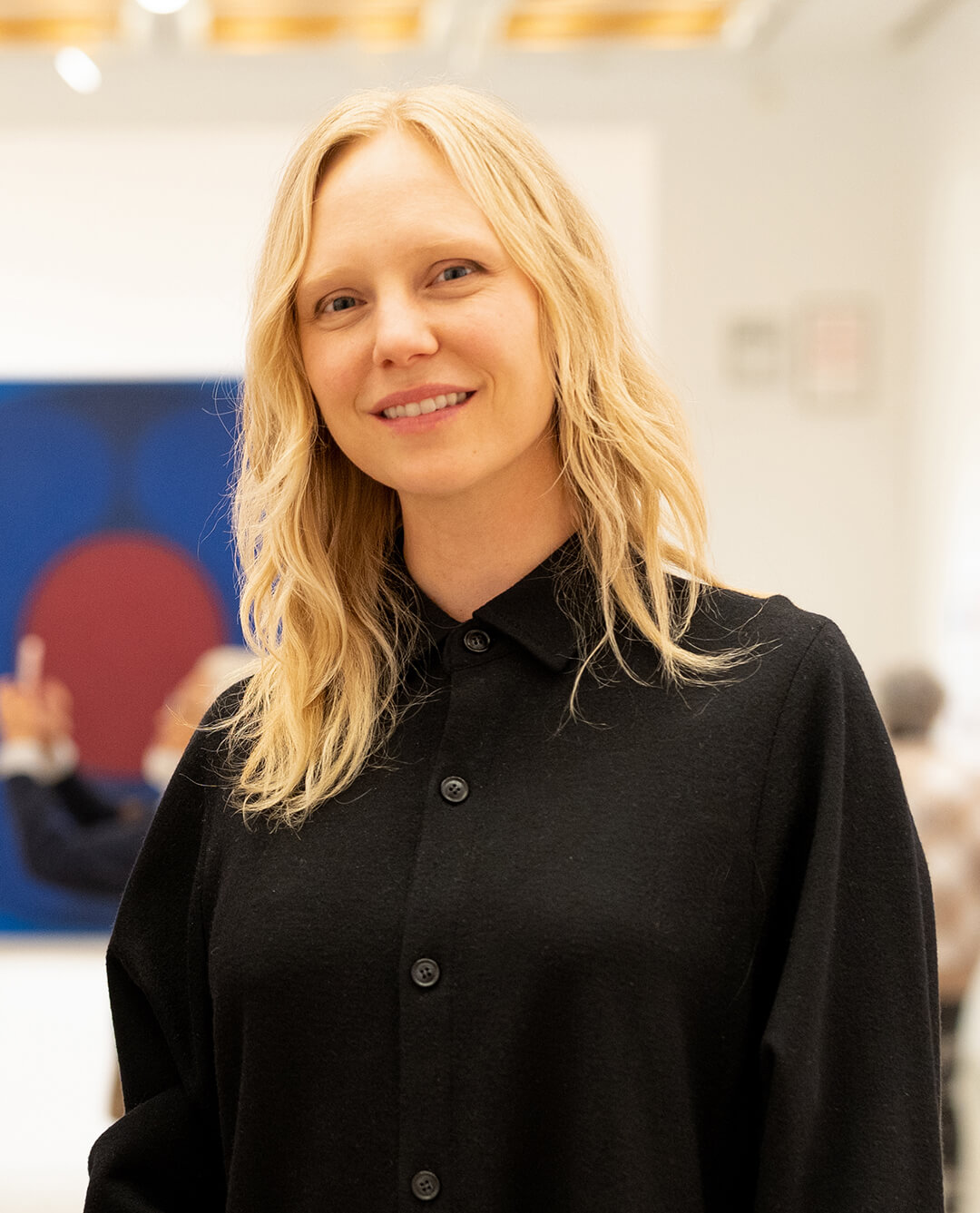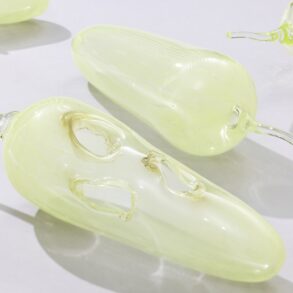Fluxus was an international process-oriented art movement in the 1960s and 70s that focused on the creation of “living art,” as one of its founding members George Maciunas described it. It encompassed the integration of found objects and sounds, the joining of artistic media, and the staging of art events that often invited audience participation to democratise access to art. A movement of contradictions, Fluxus artists simultaneously found inspiration in the energetic complexity of Dadaism as well as the simplicity of Zen Buddhism. The latter forms a particularly strong link to the Post-War Japanese art scene, where Zen was a popular school of thought. Through this connection, the Fluxus umbrella came to encompass a large Japanese artist community that worked in close collaboration with Western practitioners. However, despite the inclusive nature of the movement, Fluxus is not exempted from one regrettable trope in art history, that of disregarding women artists in their heyday, with some receiving acclaim only decades later. Out of Bounds: Japanese Women in Fluxus at Japan Society in New York addresses this issue by focusing on the critical role that four women artists played in the movement.

The exhibition is on through January 21 and has been organised by Guest Curator Midori Yoshimoto, Gallery Director and Professor of Art History, at New Jersey City University, and Tiffany Lambert, who is Curator and Interim Director, of Japan Society, along with Ayaka Iida, Assistant Curator, Japan Society. Exhibiting artists include multimedia artists Shigeko Kubota and Yoko Ono, performance artist Takako Saito, and multidisciplinary practitioner and mixed media artist Mieko Shiomi. Yoshimoto and Lambert join STIR in an interview to discuss how the art exhibition highlights the importance of Zen Buddhism and Japanese women artists in the Fluxus movement.
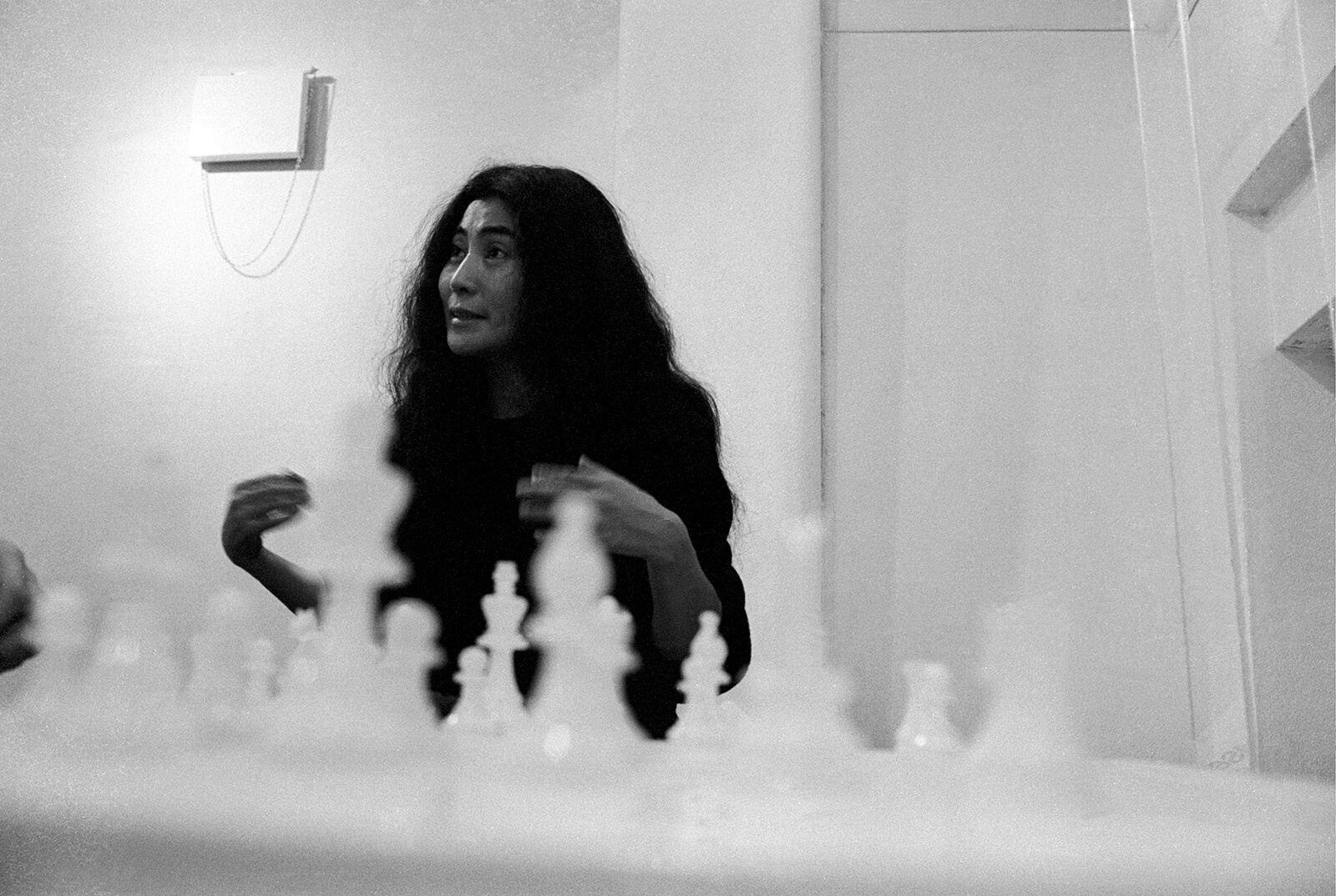
Yoshimoto and Lambert reveal that Zen Buddhism was not only a critical source of influence for Fluxus artists but was also a point of origin for the movement. As Lambert tells STIR, the early 1960s saw international interest in East Asian aesthetics, literature and poetry, and religious philosophy, including Zen Buddhism. The school of thought commingled with elements of American and European Modernism to establish Fluxus. Inspired by the simplicity of Zen Buddhism, Fluxus artists began rallying against the commercialism and elitism of the art world, which they saw as symptomatic of a prevalent bourgeois culture.
Women artists from Japan were instrumental in developing alternative methods of artistic expression, which came to shape the multifarious creative identity of Fluxus. Lambert references Shiomi’s Events & Games from Fluxkit and Ono’s early Instructions, both being shown at Out of Bounds, citing language art as an example of these new methodologies. The art curator mentions Kubota’s filming of the Fluxus Soho Tour as video was another medium Fluxus artists experimented with. There was also mail art, an example of which can be found in Shiomi’s Spatial Poem, as well as participatory approaches that rethought and revolutionised the artist’s role within artmaking, such as her performances Disappearing Music for Face and Air Event.

Yoshimoto explains that Ono is perhaps the most well-versed with Zen, amongst others, and throughout her career, has served as a source of great inspiration for her fellow Fluxus contemporaries, both Japanese and international. Discussing the strong impact she had on George Maciunas for example, Yoshimoto tells STIR, “Soon after he attended concerts at Ono’s loft in 1961, he offered her a solo exhibition at his AG Gallery in New York, where Ono showed some abstract Sumi-e ink paintings along with early forms of her Instruction Paintings.” Yoshimoto sees these paintings as a product of Zen thought, as they are sparse in form and colour, and feature irrational or paradoxical instructions that she believes are similar to Zen koans (stories, dialogues, and questions), making readers ponder upon their meaning.” One example is Ono’s Painting to Hammer a Nail (1961), which reads, “Hammer a nail into a mirror, a piece of glass, a canvas, wood or metal every morning. Also, pick up a hair that came off when you combed in the morning, and tie it around the hammered nail. The painting ends when the surface is covered with nails.”
While the Fluxus movement involved many women artists such as Esther Ferrer, Anna Lockwood, and Charlotte Moorman, Out of Bounds: Japanese Women in Fluxus succeeds in placing a well-deserved spotlight on four key practitioners. Furthermore, the large retrospective shall spark an interest in the audience to explore the oeuvre of other pioneering women in the movement as well, leading to a nuanced understanding of the contributions they made to Fluxus.
‘Out of Bounds: Japanese Women Artists in Fluxus’ is on view until January 21, 2024.
This post was originally published on this site be sure to check out more of their content

